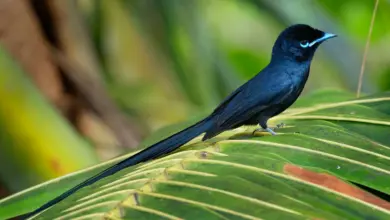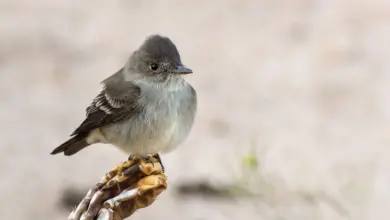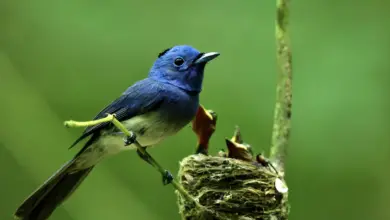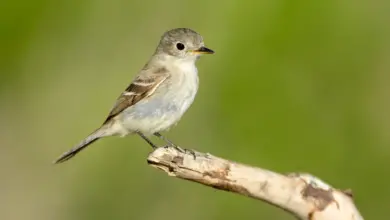Fuscous Flycatchers
Fuscous Flycatchers (Cnemotriccus fuscatus)
The Fuscous Flycatchers (Cnemotriccus fuscatus) are endemic to the South American countries Colombia and Venezuela south to Bolivia, Paraguay, and Argentina, as well as occurring on the islands of Trinidad and Tobago.

They inhabit woodland and scrubby areas. They tend to be inconspicuous birds that keep to undergrowth perches from which they can catch insects.
Breeding / Nesting
Its nest is usually located in a tree fork and it is constructed of twigs and bark lined with plant fiber.
The average clutch consists of three white eggs, which are marked with black at the larger end.
Description
The Fuscous Flycatchers is 5.7 inches or 14.5 cm long and weighs 0.4 oz (11.9 g), including its long tail and black bill.
The upper plumage is a dull brown with darker brown wings and two buff wing bars.
They have a long whitish supercilium (line above eye). The chest is grey-brown and the belly pale yellow.
Males and females look alike.
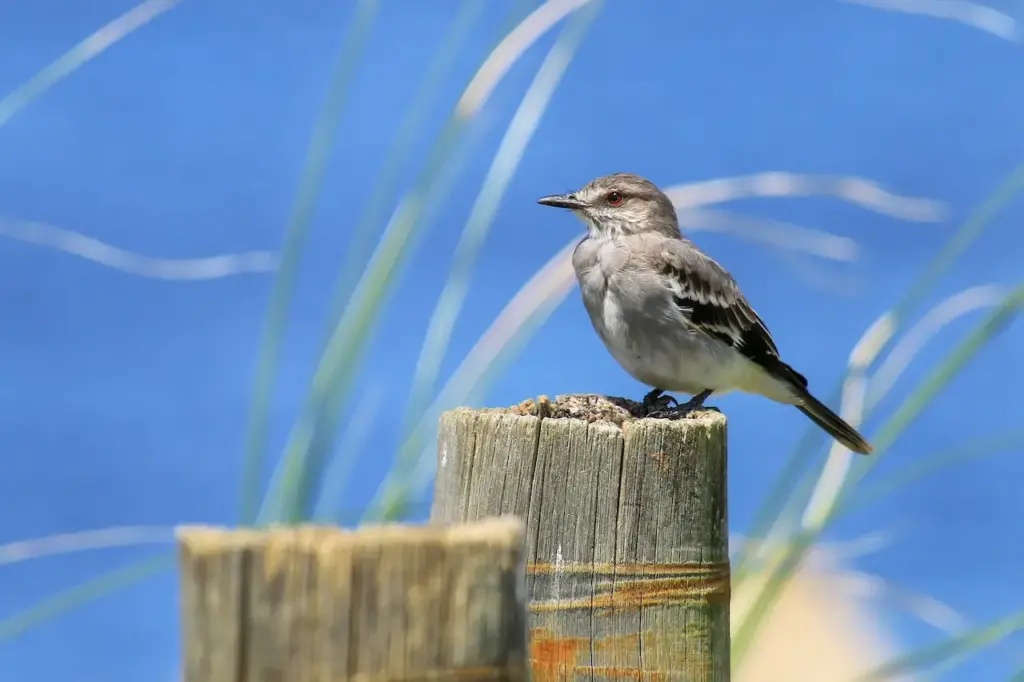
Call / Vocalizations
The Fuscous Flycatchers call is described as a light chip, and its song as a chip-weeti-weeti-weetiyee, replaced in southern races by an explosive version at dawn, pit-pit-peedit.

